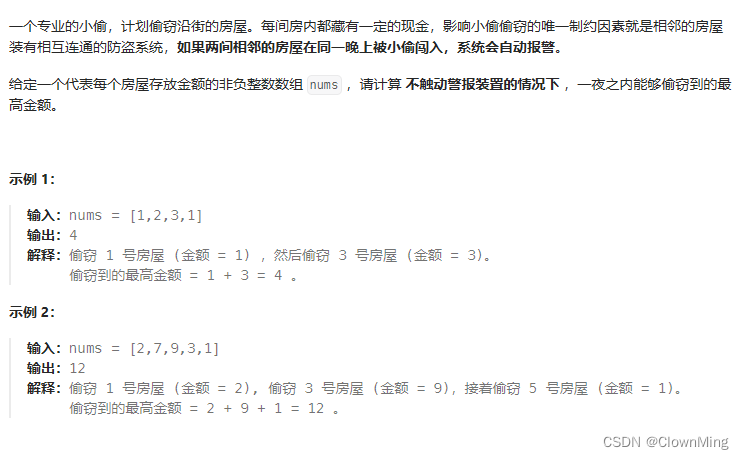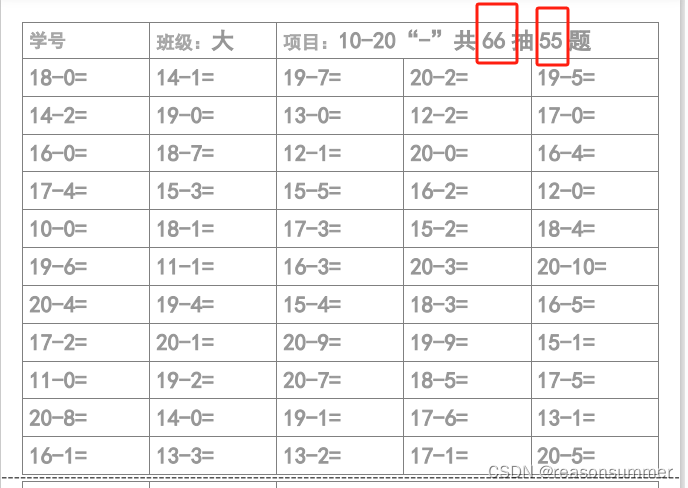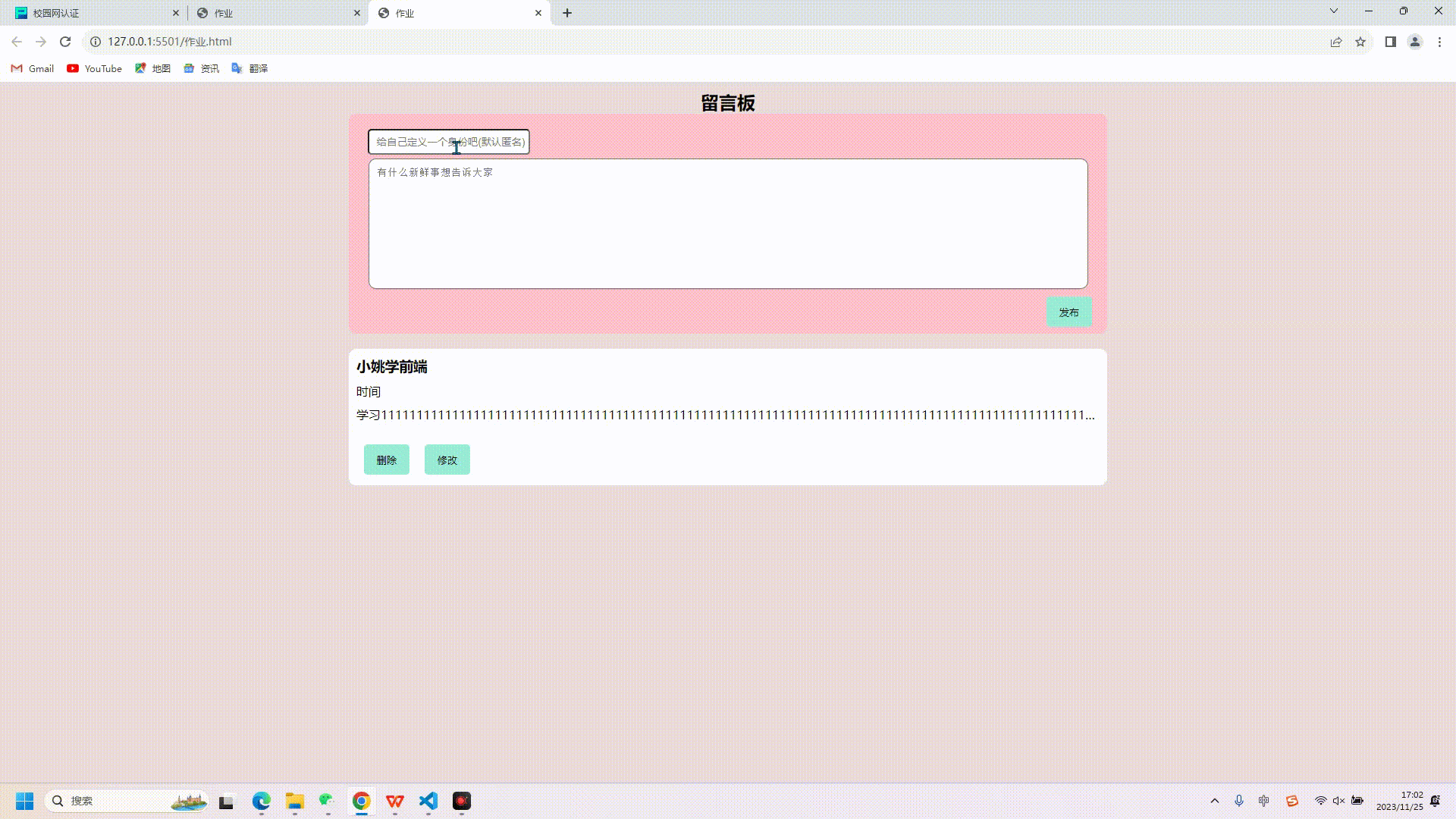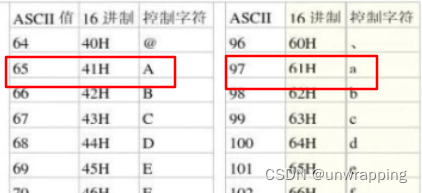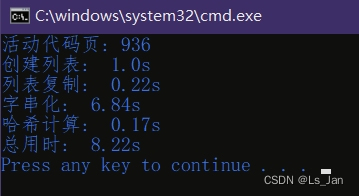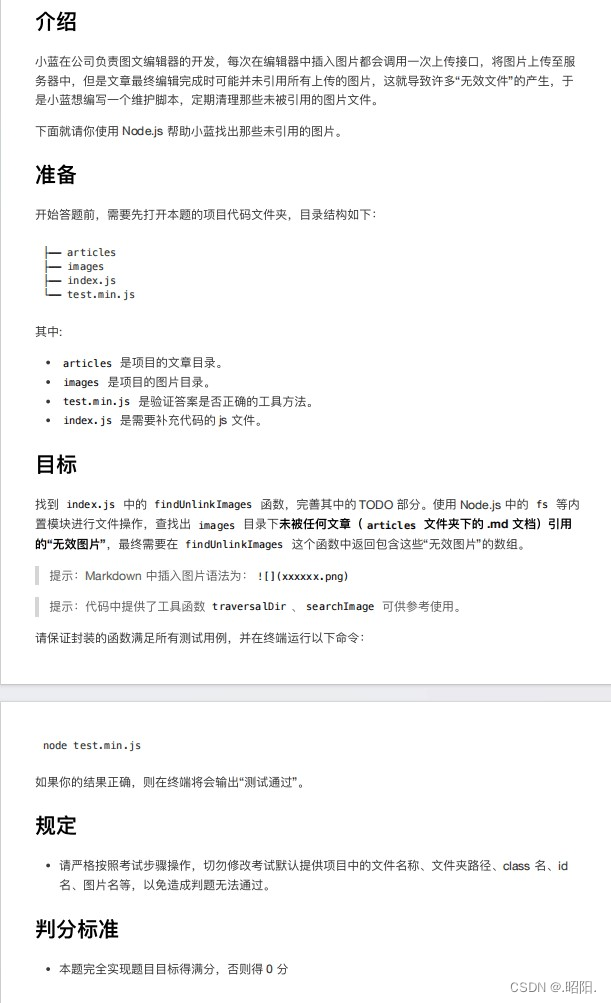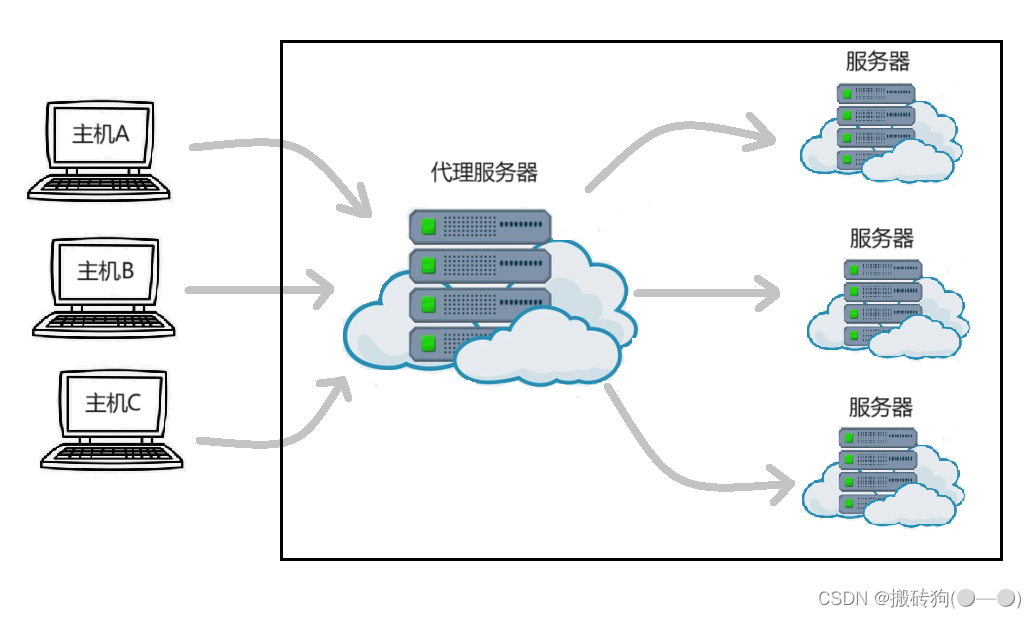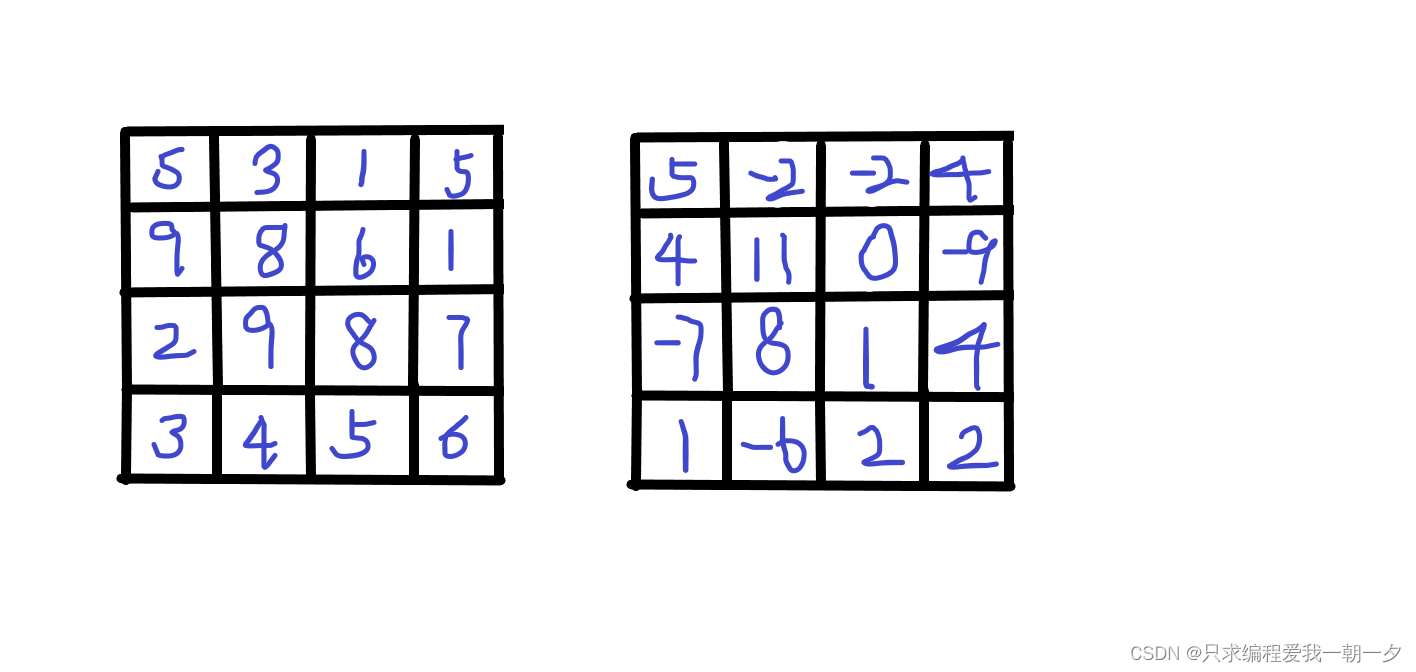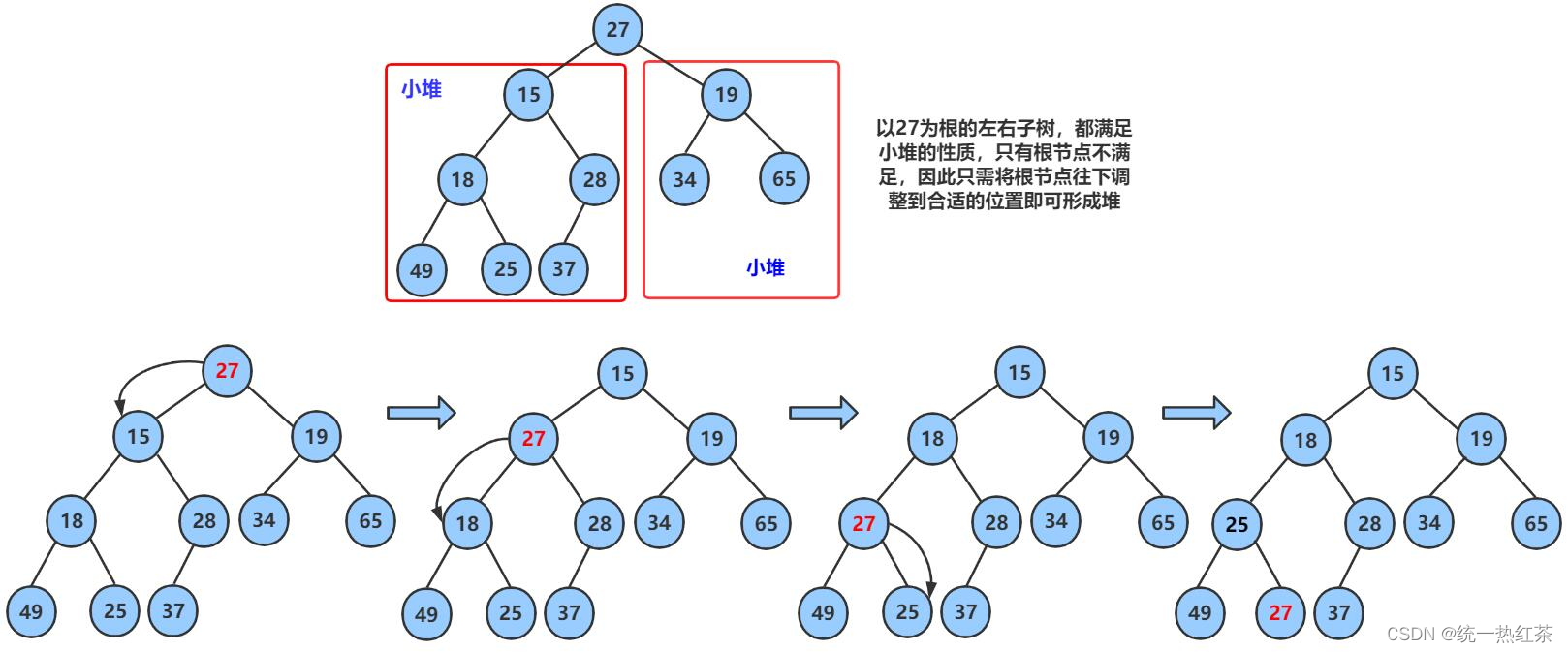一,线程池

二, 如何创建线程池


案例:
//1,通过ThreadPoolExecuter创建一个线程池对象
ExecutorService pool = new ThreadPoolExecutor(3,5,8,
TimeUnit.SECONDS,
new LinkedBlockingQueue<>(4),
Executors.defaultThreadFactory(),
new ThreadPoolExecutor.AbortPolicy());
三,处理Runnable任务
超过了最大线程量后的处理方法:

四,案例
package XianChengChildren;
import java.util.concurrent.*;
public class ThewadPoolTest1 {
public static void main(String[] args) {
//1,通过ThreadPoolExecuter创建一个线程池对象
ExecutorService pool = new ThreadPoolExecutor(3,5,8,
TimeUnit.SECONDS,
new LinkedBlockingQueue<>(4),
Executors.defaultThreadFactory(),
new ThreadPoolExecutor.AbortPolicy());
//2,处理Runnable任务
Runnable target =new MyRunnable();
//执行任务 execute
pool.execute(target);
pool.execute(target);
pool.execute(target);
pool.execute(target);
pool.execute(target);
pool.execute(target);
//执行完后关闭线程池
pool.shutdown();
//立刻关闭,不管临时任务
//pool.shutdownNow();
}
}
package XianChengChildren;
public class MyRunnable implements Runnable{
@Override
public void run() {
System.out.println(Thread.currentThread().getName()+"===>输出666~~");
try {
Thread.sleep(1000);
} catch (InterruptedException e) {
e.printStackTrace();
}
}
}
五,处理Callable任务
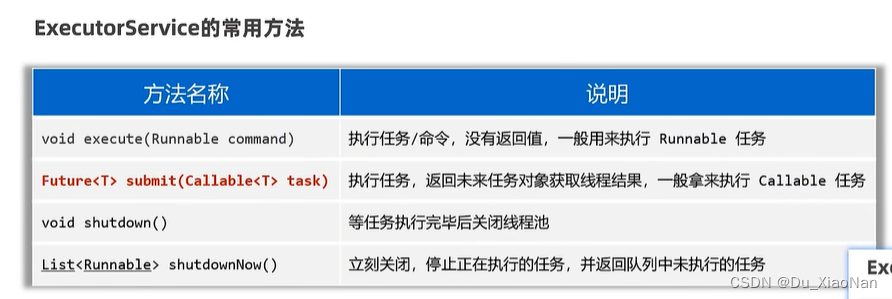
六,案例
package XianChengChildren;
import java.util.concurrent.*;
public class ThewadPoolTest1 {
public static void main(String[] args) throws ExecutionException, InterruptedException {
//1,通过ThreadPoolExecuter创建一个线程池对象
ExecutorService pool = new ThreadPoolExecutor(3,5,8,
TimeUnit.SECONDS,
new LinkedBlockingQueue<>(4),
Executors.defaultThreadFactory(),
new ThreadPoolExecutor.AbortPolicy());
//2,处理Callable任务
Future<String> f1 = pool.submit(new MyRunnable(100));
Future<String> f2 = pool.submit(new MyRunnable(200));
Future<String> f3 = pool.submit(new MyRunnable(300));
Future<String> f4 = pool.submit(new MyRunnable(400));
System.out.println(f1.get());
System.out.println(f2.get());
System.out.println(f3.get());
System.out.println(f4.get());
}
}
package XianChengChildren;
import java.util.concurrent.Callable;
public class MyRunnable implements Callable {
private int n;
public MyRunnable(int n) {
this.n = n;
}
@Override
public Object call() throws Exception {
int sum=0;
for (int i = 0; i <=n ; i++) {
sum+=1;
}
return Thread.currentThread().getName()+"线程求出了1-"+n+"的和是"+sum;
}
}
